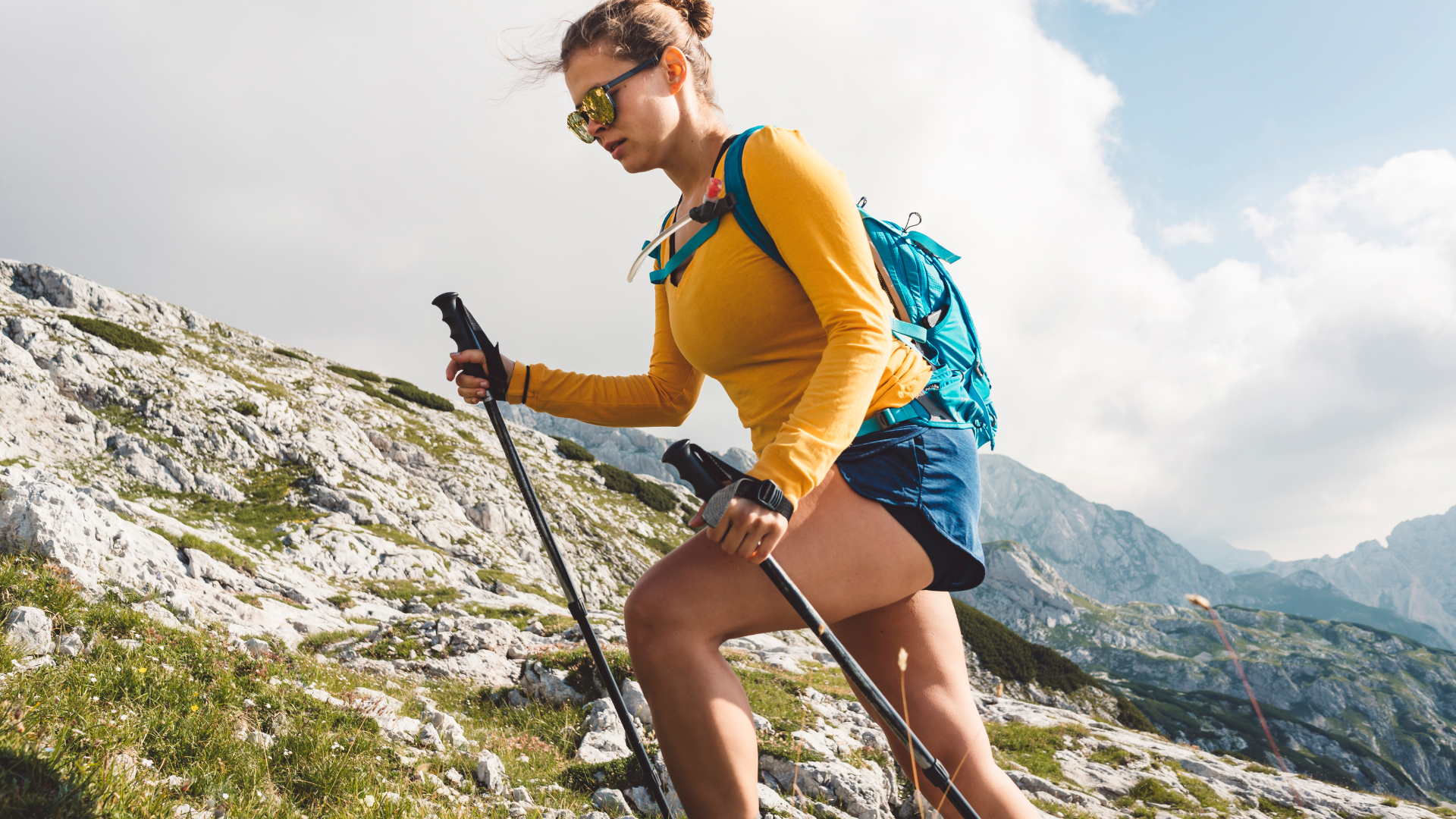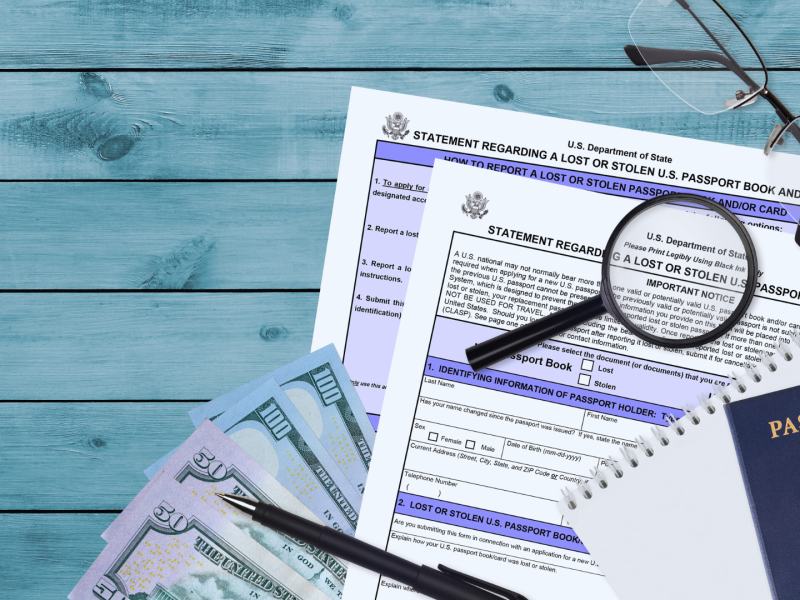Hiking is a great way to get out and experience nature without getting too far from civilization. But even the most seasoned hikers can benefit from learning some tips on how to do it right. In this article, we’ll go over 8 things you should do while hiking.
Organize Your Packing
When packing for a hike, make sure to organize your gear by type and weight. This will help you pack efficiently and keep your backloaded. Nylon packs are best for lightweight items like water bottles and snacks. A hardshell backpack is better for heavier items like tents and sleeping bags. Make sure to pack enough food and water to last the entire trip, as well as a first-aid kit in case of injury. Pack essential gear like sunscreen, hats, sunglasses, insect repellent, and a whistle in a mesh bag so that it can be easily accessed while hiking.
Make Sure You Have Insurance Coverage
In order to make sure that you are covered for any mishaps while hiking, it is important to have appropriate insurance coverage. Know the types of coverage that are available to you and what they cover. It is also important to be prepared for potential hikes with conditions such as blizzards, flash flooding, and earthquakes. Make sure you keep your emergency kit stocked with food, water, shelter, first-aid supplies, and traction devices if needed.
Prepare for Possible Travel Delays
When hiking in a popular area, be prepared for potential travel delays. Hiking in remote areas can be unaffected by traffic, but in more populated areas, hikers could experience long wait times at trailheads or other points of congestion. Make sure to plan your route and hike early in the morning or late at night when the trails are less crowded. If you have to wait for an extended period of time, bring food and water, as well as a full map and compass. Bring a phone charger if you plan to use it while hiking.
Pack Smaller to Save Space
The best way to save space when hiking is to pack light and choose smaller packs. Here are a few tips to help you pack smart:
Use Compression Sacks
Compression sacks can be used to organize your gear by filling them with smaller items and then zipping them up. This makes it easier to find what you are looking for and saves space in your pack.
Pack Efficiently
Choose items that can be packed together in one bag or container. For example, bring along clothes rather than bringing multiple sets of clothes that you will need during the hike. Packing everything into one large item will take up more room in your backpack and will be more difficult to carry.
Choose Lightweight Materials
When selecting the type of equipment you will use on your hike, look for items made from lightweight materials, such as aluminum or titanium poles instead of heavier steel ones. These materials are less bulky and easy to carry on your back.
Wear Appropriate Clothing and Gear
It’s important to dress appropriately for your hike. Wear clothes that are comfortable and cool, and that protect you from the elements. Here are some tips on what to wear while hiking:
- Wear shoes that fit well and support your feet.
- Choose clothing that is light but protective, such as a jacket, pants, or a shell.
- Bring sunscreen, hats, sunglasses, insect repellent, and a first aid kit if you plan on spending time in the wilderness.
Bring Into Consideration the Weather Forecast
As you gear up for your hike, take into consideration the weather forecast, terrain, and time of year. When hiking in cold weather, make sure to bring along layers of clothing to ensure proper insulation. Hiking in warm weather can be just as enjoyable, but be aware of the potential for flash flooding or other dangerous conditions if it starts to rain.
The terrain you’ll be hiking will also affect what precautions you need to take. For example, if you’re hiking in a mountainous area with steep slopes, make sure to bring appropriate shoes and clothing so that you can stay safe on the trails. And remember: always check the weather forecast before your hike to make sure there’s no chance of bad weather hitting during your visit!
Apply Sunscreen and Bug Spray
If you are hiking in an area where there is a risk of exposure to bugs or the sun, it is important to apply sunscreen and bug spray before heading out on the trail. Sunscreen will protect your skin from damaging UV rays and bug spray will help to repel insects. Always remember to use sunscreen and bug spray regularly when hiking in areas where these risks exist.
Incorporate Safety Tips
When hiking in unfamiliar territory, it is important to keep a safe distance from cliffs and other dangerous features. Make sure to stick to trails and avoid climbing any rocks or trees. Always be aware of your surroundings and use common sense when hiking in remote areas.
If you are traveling in mountainous terrain, it is important to be prepared for weather conditions that can change rapidly. Hiking during winter months can be especially dangerous due to blizzards and avalanches. Make sure to have proper gear, such as a map, compass, flashlight, and food supplies in case you have to spend the night outdoors.



